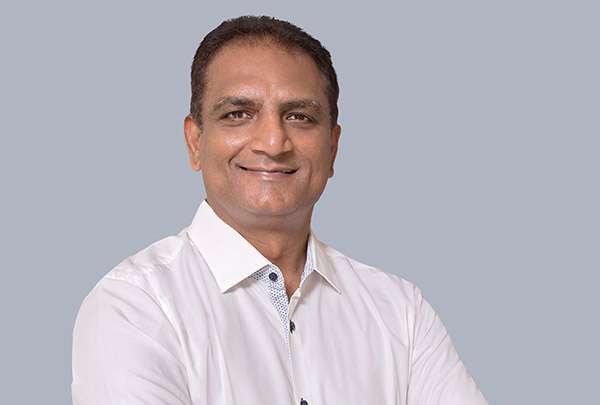
The world’s most influential and most read diamond-focussed publication ‘Rapaport’ named Hon. Prime Minister of India Shri Narendra Modi among the movers and shakers of the global diamond industry in the year 2023. Other members including Vipul Shah, Chairman, The Gem & Jewellery Export Promotion Council (GJEPC).
Gina Drosos, CEO, Signet Jewelers; Feriel Zerouki, president, World Diamond Council (WDC); Mokgweetsi Masisi, president, Botswana; Gabi Tolkowsky, Belgian diamond cutter; were at the forefront hailed by Rapaport the most powerful/ influential people in the world to shape the future of the diamond industry.
Our People of the Year, reflect the realities of 2023, said Rapaport in its foreword. Some of these individuals were directly involved in solving the industry’s acute problems — facilitating India’s freeze on rough imports, for example, or identifying ways to adapt retail strategy to the situation.
As with the famous Time Person of the Year, inclusion in this list is not necessarily a recognition of an individual’s positive contribution, but rather of his or her influence on the diamond industry and/or presence in the headlines. We have chosen to spread the honors among several figures rather than picking a single person of the year,
Mr. Vipul Shah said, “India’s leadership and significance in the global diamond trade continues even in 2023. We are proud of the millions of workers connected to India’s gem & jewellery. We are proud and privileged that our Government with the Hon. Prime Minister support us to keep the sparkle intact.”
Prime Minister Shri Narendra Modi had a number of contact points with the jewelry industry in 2023, says Rapaport. He inaugurated the Surat Diamond Bourse in December. He also raised a few eyebrows by referring to lab-grown diamonds as “green diamonds”, said Rapaport.
Rapaport lauded the efforts and initiatives undertaken by Shri Vipul Shah amidst headwinds faced by the indigenous industry. The GJEPC holds a monthly online forum with representatives of the industry to discuss trends and concerns, said Rapaport.
In September of this year, with polished prices tumbling amid weak retail sales and an oversupply, the Indian trade body decided the situation warranted a broader, physical gathering. The attendees came to a unanimous conclusion: India needed a voluntary pause in rough-diamond imports to stop inventories from getting out of control.
The industry implemented this freeze for two months, from October 15 to December 15, taking the pressure off the sector and enabling the market to stabilize. Insiders at the GJEPC say it was an industry-wide call for an import moratorium and that the country has made similar moves in past crises. However, it was the GJEPC that brought people together and managed the process following the crunch meeting. Vipul Shah, its chairman, was at the forefront, said Rapaport.
